Revenue Lifecycle Management
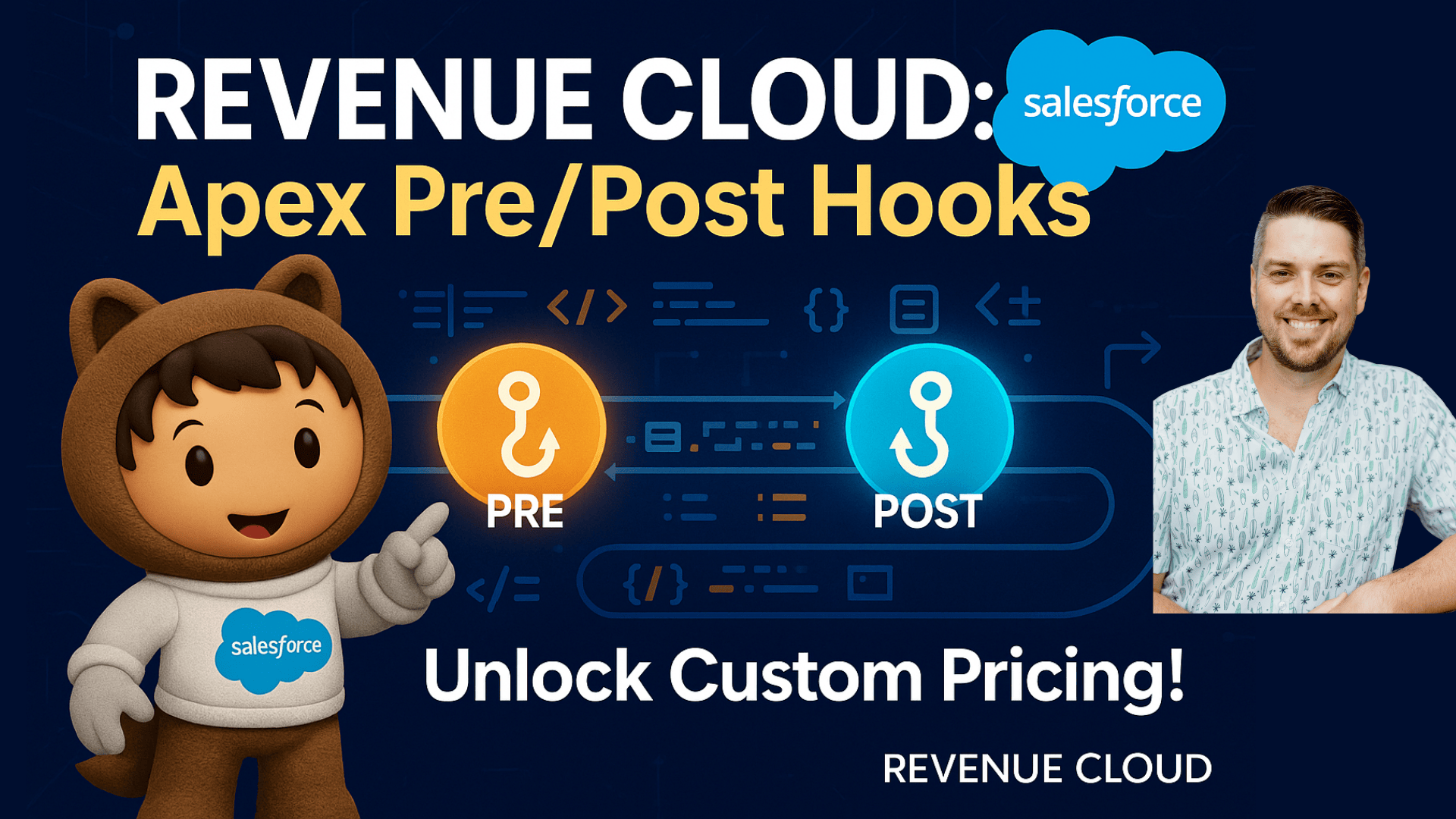
Revenue Lifecycle Management
Apex Hooks in Salesforce Revenue Cloud
Salesforce Revenue Cloud’s Summer ’25 release introduces a powerful new feature: Apex Hooks for Pricing Procedures. This is
May 14, 2025
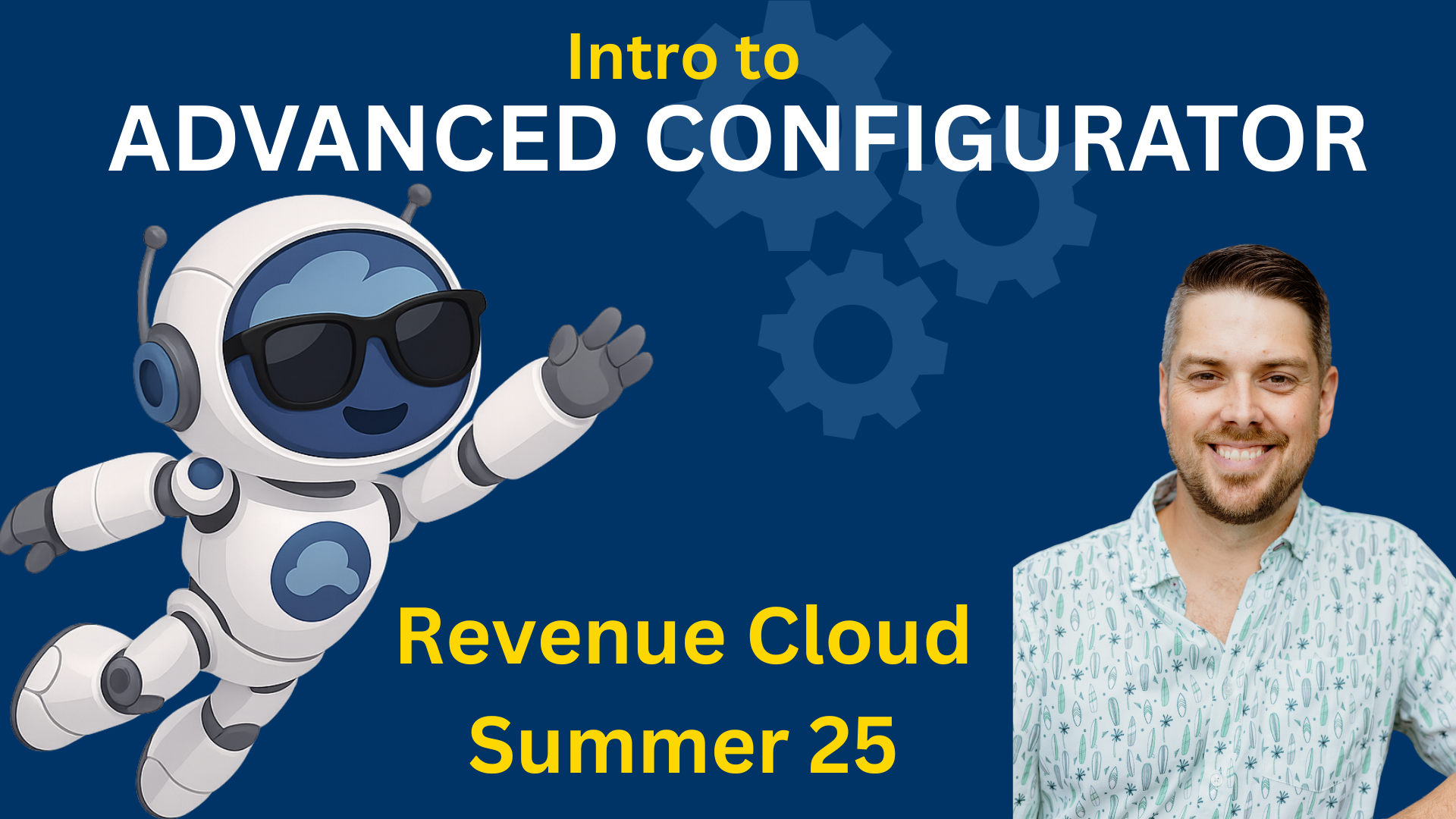
Product Configurator,Revenue Lifecycle Management
What is the Advanced Configurator?
(And Why It’s a Game-Changer for Revenue Cloud Users) Introduction: A New Era for Revenue Cloud Configuration Starting
April 26, 2025
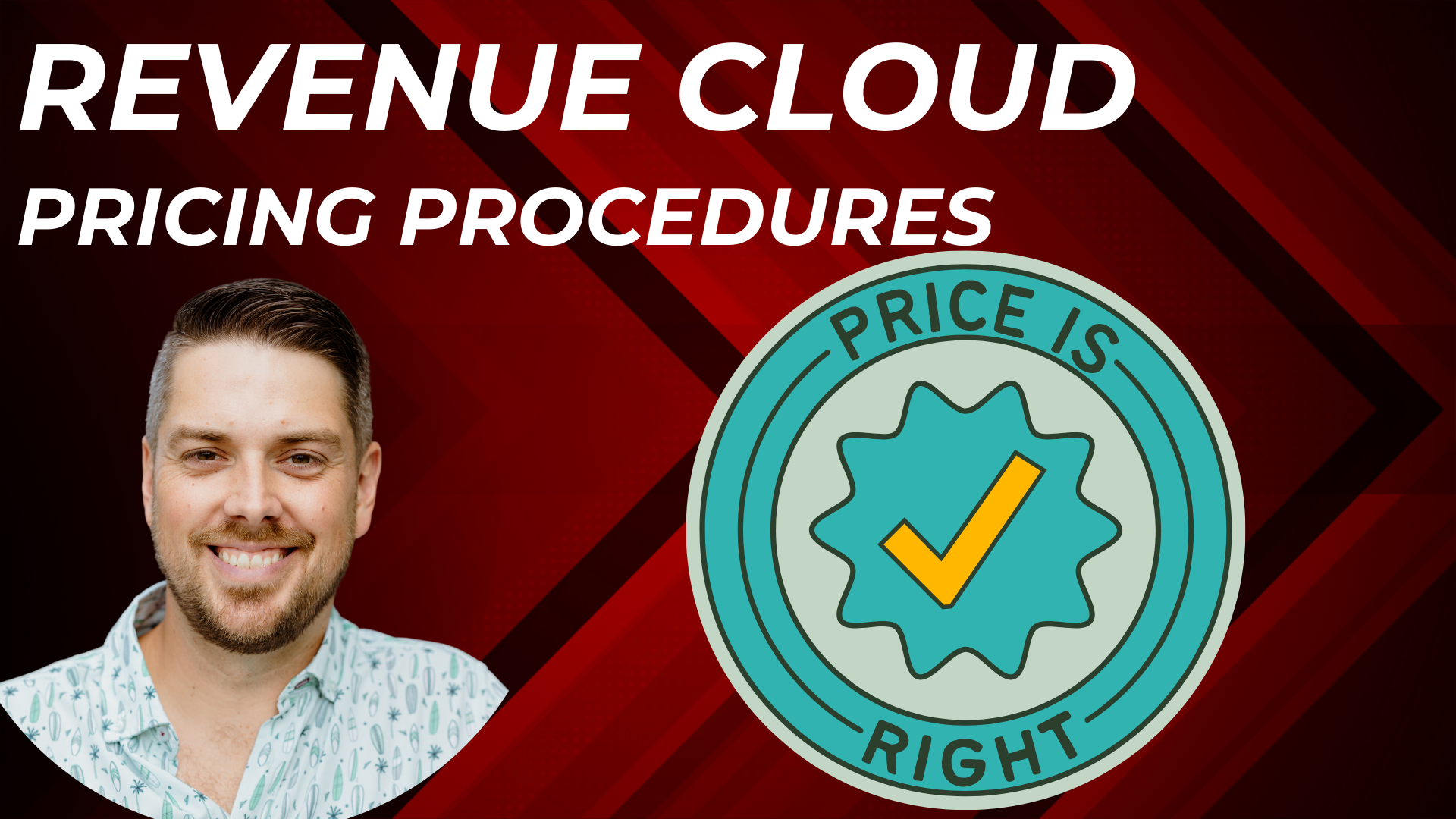
Revenue Lifecycle Management
Pricing Procedures in Salesforce Revenue Cloud
Salesforce Revenue Cloud offers powerful tools to implement flexible and dynamic pricing strategies, but configuring pricing procedures can
December 30, 2024
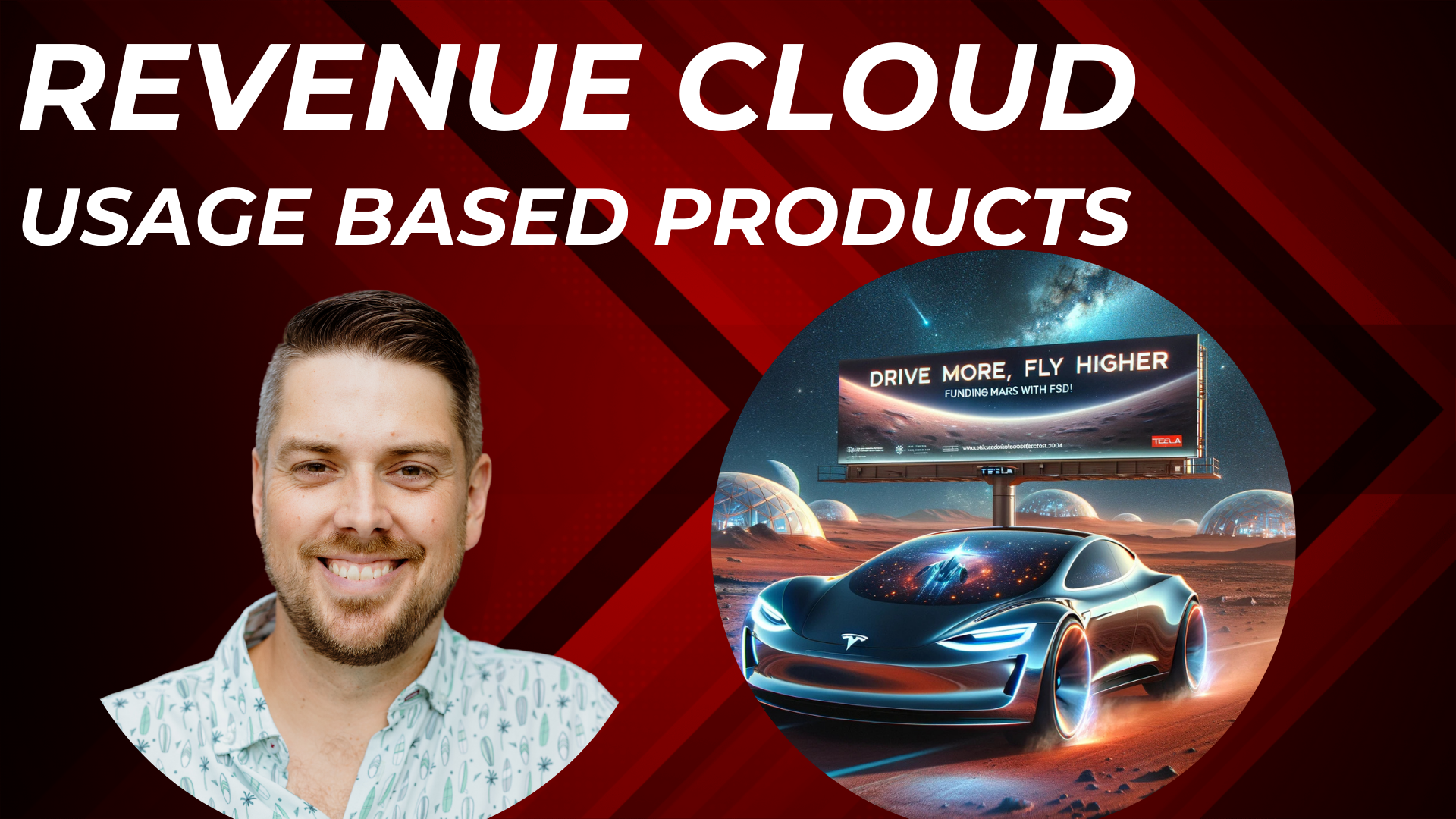
Revenue Lifecycle Management
Usage Selling in Salesforce Revenue Cloud
Usage-based products allow businesses to charge customers based on how much they consume, offering flexibility and scalability. In
December 16, 2024
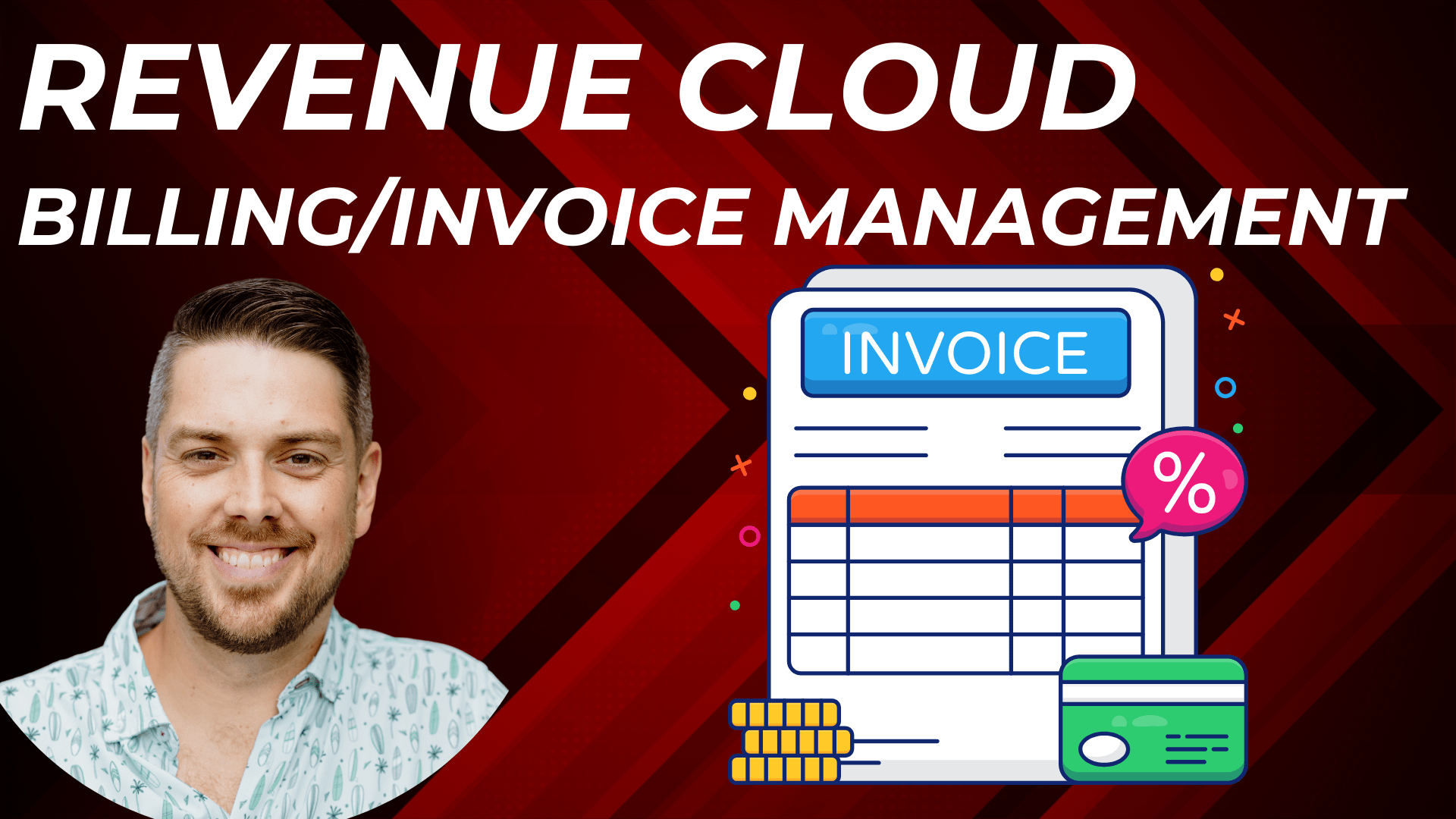
Billing,Revenue Lifecycle Management
Salesforce Revenue Cloud Billing
In this post, we’ll explore Salesforce Revenue Cloud Billing, a robust invoicing and billing management solution. I’ll guide
October 15, 2024
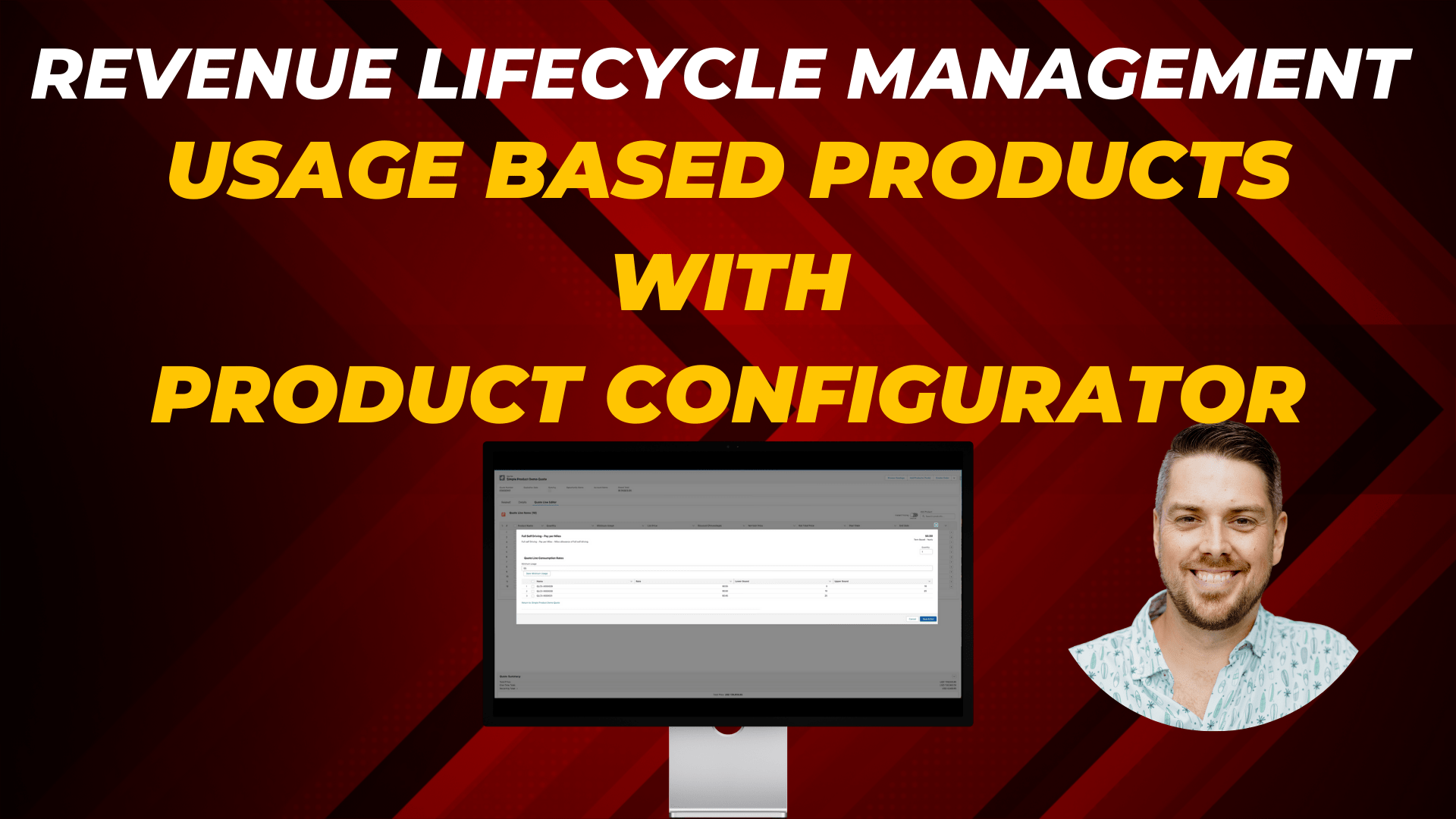
Product Configurator,Revenue Lifecycle Management
How to Create and Manage Usage-Based Products in Salesforce Revenue Lifecycle Management
Salesforce Revenue Lifecycle Management (RLM) offers a robust platform for managing your product lifecycle. However, as of Summer '24, it does not support usage-based products out of the box. This limitation can be a hurdle for businesses looking to offer flexible, usage-based pricing models. Fortunately, with Salesforce’s Product Configurator, you can customize and extend RLM to include usage-based products. In this blog post, we explore how to set up a "Self-Driving Pay-per-Mile" product, demonstrating the flexibility of Salesforce’s tools. We walk through creating custom configurator flows, setting up consumption rates, and using Lightning Web Components for real-time configuration updates. By leveraging point-and-click tools alongside minimal custom code, we show you how to make usage-based billing a reality within Salesforce RLM. Key Steps Covered: Setting up a usage-based product in Salesforce. Customizing configuration flows to handle usage and rates. Implementing a Lightning Web Component for seamless data handling. Testing and ensuring the setup works with your existing billing systems. For a detailed step-by-step guide and to see these configurations in action, read our full blog post and watch our video tutorial.
June 24, 2024

Revenue Lifecycle Management
Field Mapping in Salesforce Revenue Lifecycle Management
Field mapping in Salesforce Revenue Lifecycle Management (RLM) is an essential feature that allows seamless data flow between
June 20, 2024
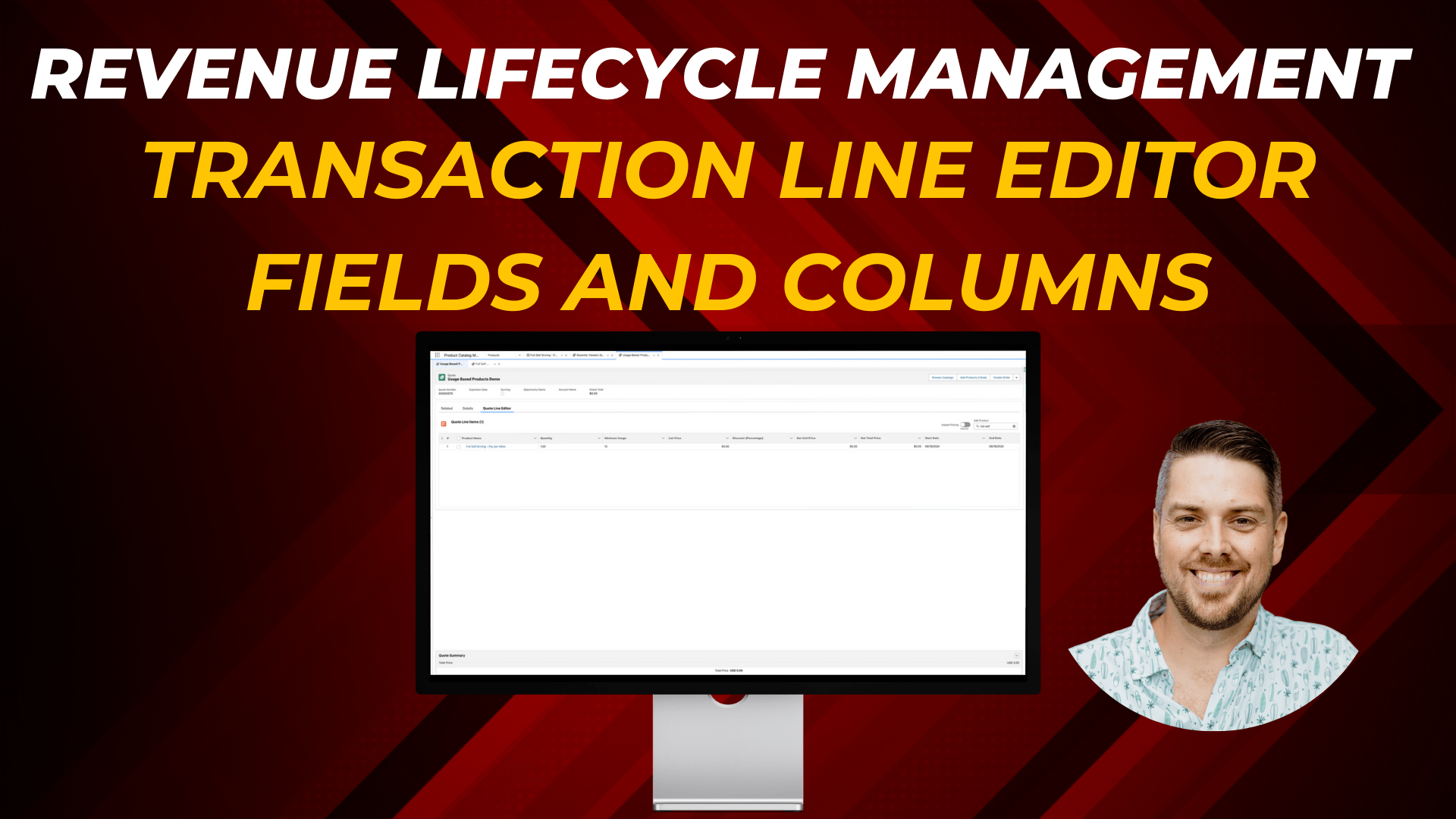
Revenue Lifecycle Management
Customizing the Transaction Line Editor in Salesforce Revenue Lifecycle Management
This tutorial explains how to customize the Transaction Line Editor in Salesforce Revenue Lifecycle Management. It covers accessing the Page Editor, locating the Transaction Line Editor component, modifying and reordering displayed columns, previewing changes, saving and activating the layout, and verifying changes. It emphasizes user experience, sandbox testing, and documentation.
June 20, 2024
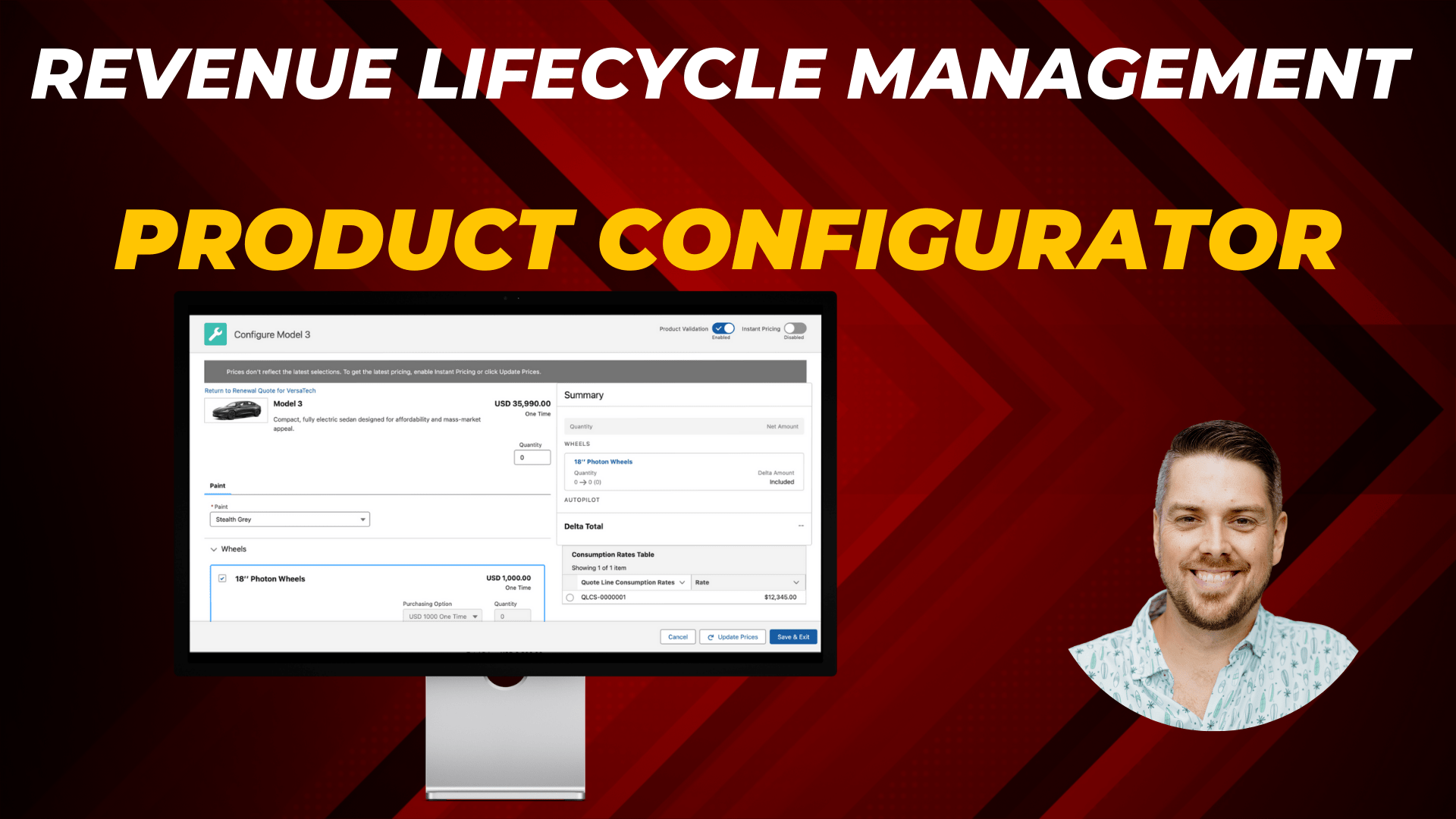
Product Configurator,Revenue Lifecycle Management
Creating Custom Product Configuration Flows in Salesforce Revenue Lifecycle Management
The Salesforce RLM product configurator tutorial covers steps to customize product configurations. It explains using the standard configurator, cloning it to create a custom flow in the Flow Editor, modifying the flow, assigning it to products, and testing the custom flow to ensure it's working correctly.
June 10, 2024
